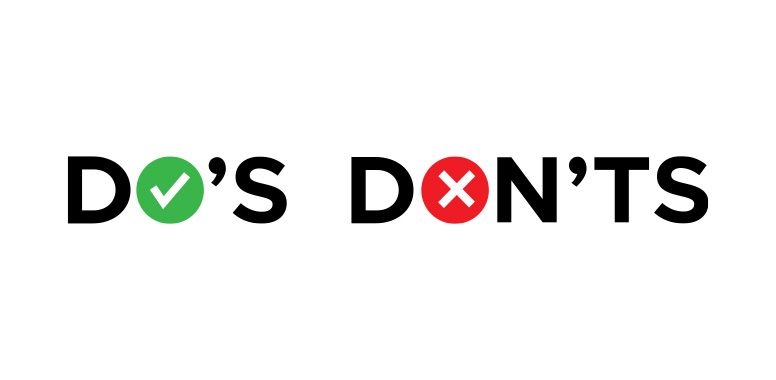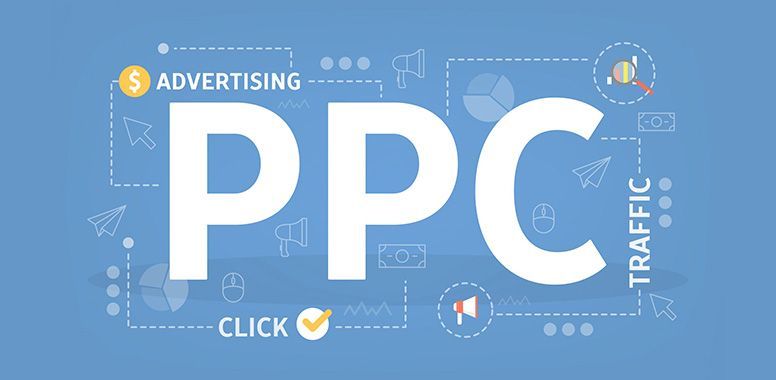Mastering the Art of Captivating Product Descriptions
In the highly competitive landscape of e-commerce, where countless products vie for consumer attention, a well-crafted product description can significantly impact your sales performance. It can be the deciding factor that turns a casual browser into a committed buyer, making the difference between closing a sale and missing a valuable opportunity.
This comprehensive guide is designed to walk you through the fundamental principles and advanced techniques of creating product descriptions that do more than just provide information. We will explore how to craft descriptions that captivate your audience, address their needs and desires, and ultimately persuade them to make a purchase.
By following the insights and strategies outlined in this guide, you'll learn how to:
- Understand Your Audience
- Highlight Key Features and Benefits
- Use Persuasive Language
- Optimize for SEO
Understanding Your Audience
Before you start writing product descriptions, it's really important to understand who your audience is. Getting to know your target demographic well can make your descriptions much more effective. To start, do some thorough research to pinpoint the key traits of your potential customers. Think about factors like their age, gender, where they live, their income, and their education level. But don't stop there—go deeper and look into their interests, lifestyles, values, and attitudes.
Connecting with your audience means understanding what they need, what they like, and what problems they have. Ask yourself: What issues are they facing that your product can solve? What features and benefits are they looking for in a product like yours? When you have these answers, you can write descriptions that speak directly to their desires and concerns.
- Gather Information Through Customer Feedback and Reviews: Listen to what your current customers are saying about your product and similar ones in the market. Pay attention to common themes in their comments and questions. This can give you valuable insights into what they care about most and what problems they often encounter.
- Engage with Your Audience Directly: Use social media, surveys, and focus groups to get firsthand information about their preferences and buying motivations. This direct interaction can give you deeper insights that you might not get through other research methods.
By gaining a deep understanding of your target customers' preferences, pain points, and buying motivations, you can create product descriptions that are not just informative, but also engaging and persuasive. This tailored approach ensures that your descriptions resonate with your audience, making them more effective at driving engagement and conversions.
Highlight Key Features and Benefits
Effectively communicating the unique selling points of your product is essential for capturing your audience's attention and driving sales. To do this, you need to emphasize the features and benefits that matter most to your potential customers.
- Identify the Key Features: Start by listing all the important features of your product. These could be technical specifications, materials used, design aspects, or any other characteristic that sets your product apart from others. For example, if you're selling a smartwatch, key features might include its battery life, water resistance, fitness tracking capabilities, and compatibility with various operating systems
- Translate Features into Benefits: Once you've identified the key features, the next step is to translate these features into benefits. Customers are more interested in how a product can improve their lives rather than just the technical details. For each feature, ask yourself, "Why should the customer care about this?" For example, if one of the features is a long battery life, the benefit might be that the customer can use the smartwatch for several days without needing to recharge it, which is convenient for busy individuals.
- Use Clear and Concise Language: When highlighting features and benefits, use clear and concise language that is easy for your audience to understand. Avoid jargon or overly technical terms that might confuse or alienate potential buyers. Instead, use simple, straightforward language that communicates the value of your product effectively.
- Highlight Unique Selling Propositions (USPs): Identify what makes your product unique compared to competitors and make sure to highlight these USPs prominently. If your smartwatch has a feature that no other product on the market offers, such as an advanced sleep tracking algorithm, make sure this is highlighted as a key benefit.
- Back Up Claims with Evidence: Where possible, provide evidence to support your claims about the product’s benefits. This could be in the form of customer testimonials, expert reviews, or data from studies. For example, if you claim that your smartwatch can track fitness metrics more accurately than competitors, include testimonials from fitness experts or data from tests that back up this claim.
Use Persuasive Language
Using persuasive language in your product descriptions is a powerful way to create an emotional connection with your customers and drive them toward making a purchase. Here’s how you can do it effectively:
- Use Emotional Triggers: Emotions play a crucial role in purchasing decisions. Use language that evokes positive emotions such as happiness, security, and excitement. Words like "imagine," "enjoy," "love," and "discover" can help paint a picture of the benefits and positive experiences your product offers.
- Use Power Words: Power words are persuasive and impactful. They can grab attention and elicit emotional responses. Examples of power words include “exclusive,” “guaranteed,” “proven,” “instant,” “limited-time,” and “breathtaking.” Use them strategically to make your descriptions more compelling.
- Create a Sense of Urgency: Encourage customers to act quickly by creating a sense of urgency. Phrases like “limited stock available,” “act now,” “don’t miss out,” and “sale ends soon” can prompt immediate action. Make sure the urgency is genuine to maintain trust.
- Incorporate Social Proof: People are influenced by the actions and opinions of others. Include testimonials, reviews, and endorsements from satisfied customers. Statements like “join thousands of happy customers” or “trusted by professionals” can enhance credibility and persuade potential buyers.
- End with a Strong Call to Action (CTA): Guide your customers on what to do next with a strong, clear CTA. Use persuasive language that encourages immediate action, such as “Order now to enjoy free shipping!” or “Click to buy and start your journey today!”
Optimize for SEO
By improving your product descriptions with relevant keywords, you support your product's visibility in search engine results and attract more potential buyers. Some key points you can take note of are:
- Conduct Thorough Keyword Research: Begin by identifying the most relevant keywords for your product. Use tools like Helium 10, JungleScout, Amazon’s own search bar, or other keyword research tools to find high-traffic search terms. Look for keywords that are not only relevant but also have a good search volume and manageable competition.
- Use Primary Keywords in Key Areas: Integrate your primary keywords seamlessly into critical areas of your product description. This includes the product title, bullet points, and the main description. Make sure these keywords flow naturally and do not disrupt the readability of the text. For example, if your primary keyword is “organic face cream,” you might start your description with, “Experience the benefits of our new organic face cream.”
- Incorporate Backend Keywords: In addition to your primary keywords, use secondary keywords that are relevant to your product. These can include synonyms or related terms. Incorporate them naturally throughout the description to cover a broader range of search queries without keyword stuffing.
- Optimize for Readability: While it’s important to include keywords, your description should remain easy to read and engaging. Use short paragraphs, subheadings, and lists to break up the text. This not only makes it more user-friendly but also helps search engines understand the structure of your content.
- Use Alt Text for Images: If you include images in your product listing, make sure to use alt text to describe them. This alt text should include relevant keywords and accurately describe the image, helping search engines index your content and improving accessibility.
By mastering these essentials, you can create product descriptions that not only provide crucial information but also engage your audience, build trust, and compel them to take action. Whether you're a seasoned e-commerce professional or just starting, this guide will equip you with the knowledge and tools needed to craft product descriptions that drive sales and contribute to the success of your online store.


